The "Supreme Masterpiece" of Rosewood Furniture FanShaped Southern Official's Hat Chair | Classic
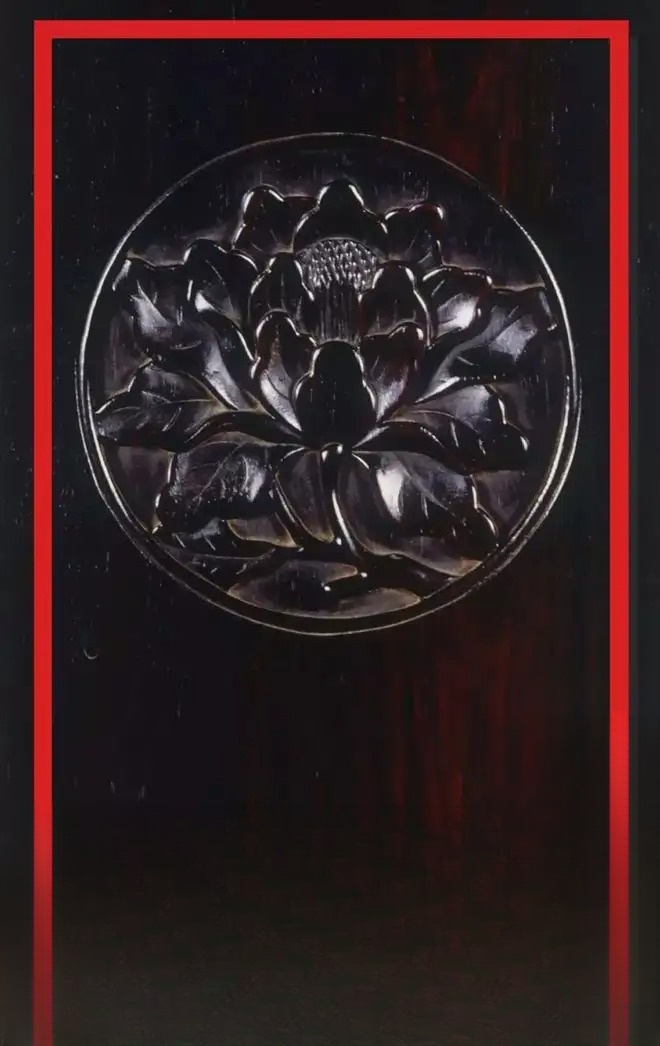
Furniture lasts forever, classics are passed down forever.
Since the beginning of the 20th century, almost every exhibition of classical furniture, whether domestic or international, has included a chair—a traditional chair that everyone knows:
Ming Dynasty rosewood fan-shaped southern official hat chair
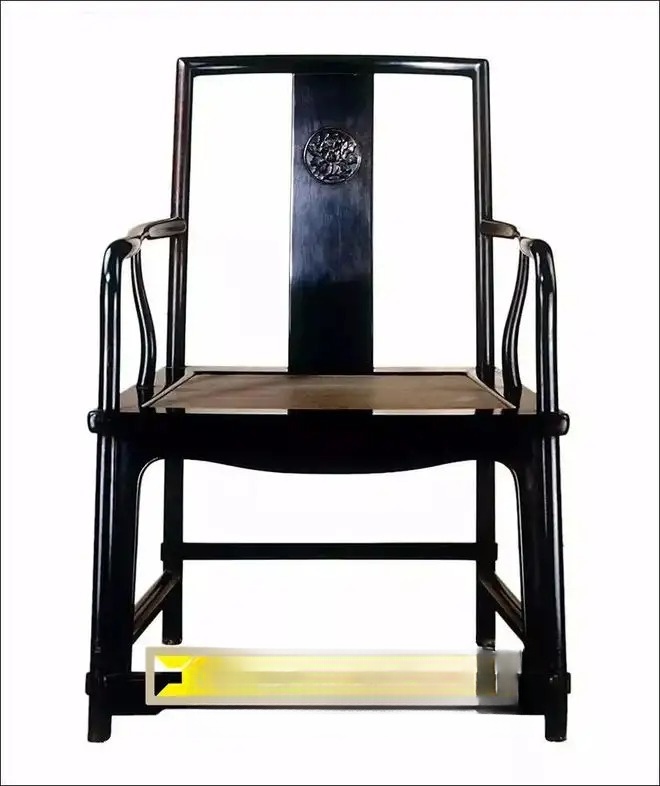
Collection of Shanghai Museum
Ming Dynasty rosewood fan-shaped southern official hat chair
SIZE: Seat front width 75.8 cm, rear width 61 cm, depth 60.5 cm, total height 108.5 cm
Remark:
Formerly collected by Wang Shixiang, donated by the Zhuang family. See Wang Shixiang's "Appreciation of Ming-style Furniture", page 174, and "Research on Ming-style Furniture", page 57.
If we talk about the most imitated piece today, which is comparable to the rosewood armchair, it should be this "fan-shaped southern official's hat chair".
The reason is very simple. This is the cover furniture of Wang Shixiang's book "Research". When readers open the title page of the book, the first thing they see is the peony pattern embossed on this chair, which is very classic.
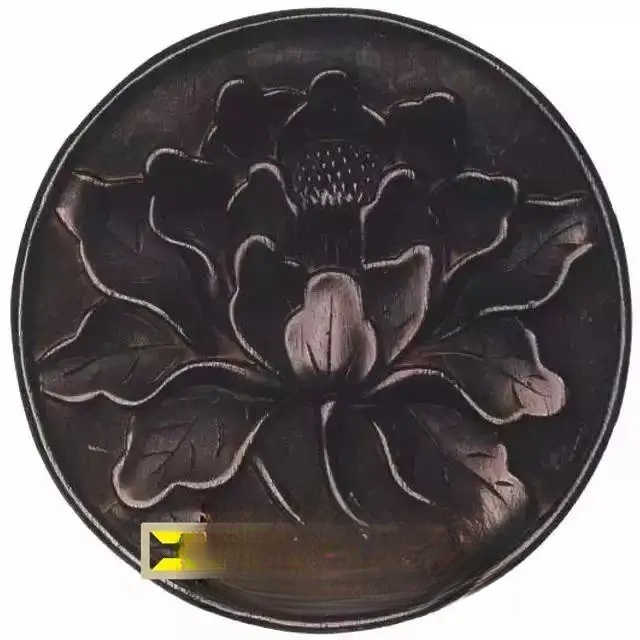

Supreme Quality

▲The chair most often used by Mr. Wang Shixiang
Mr. Wang Shixiang's classics "Research" and "Appreciation" are not only valuable for their academic research on Ming-style furniture, but also because they are a treasure trove of furniture styles.
Early collectors and connoisseurs, regardless of whether they knew anything about furniture, could use it to search by image. If they found furniture of similar style, the value would be similar.
By the time most furniture had been found, the industry began to focus on restoring and replicating furniture. The most popular styles were still those in the book, and this trend continues to this day.

▲Wang Shixiang, "Research on Ming-style Furniture"
In traditional central hall furniture arrangements, eight chairs and four tables generally constitute a hall, while four chairs and two tables constitute a half hall. However, the rosewood fan-shaped Southern Official's Hat Chair in the Shanghai Museum's collection is a special case, with four chairs constituting a hall.
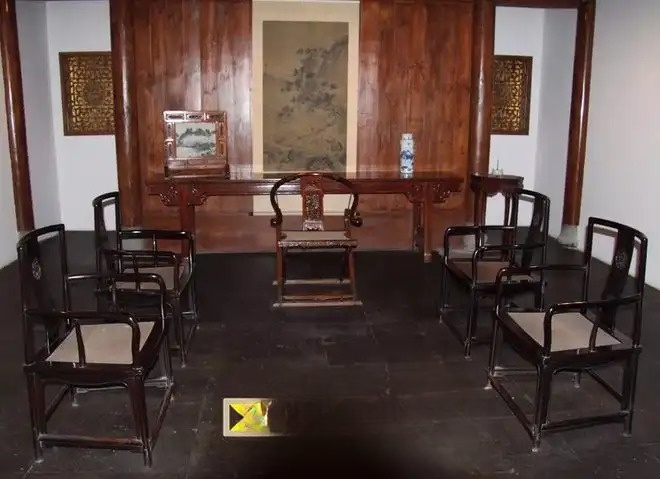
▲Ming-style hall of Shanghai Museum
This "fan-shaped Southern Official's Hat Chair" is a recognized classic among experts. Mr. Wang Shixiang's "A Study of Ming-style Furniture" is mostly filled with academic terms, but he praises this official's hat chair with effusive praise:
The designer deliberately incorporated gentle curves to create a harmonious harmony between the upper and lower parts. The crosspieces not only utilize exposed tenons but also protrude slightly, creating a sturdy yet unburdened feel, a rarity in Ming-style furniture. This may represent an earlier construction method, retaining the technique of constructing large wooden beams.
This set of four chairs is large in size, a rarity among rosewood pieces. Its shape is relaxed and dignified, its materials are neatly selected, and its workmanship is exquisite. It is not only a supreme masterpiece among rosewood furniture, but also one of the very few examples that can be identified as being made in the early Ming Dynasty.
Mr. Wang spoke highly of it. Not only did he use the term "supreme masterpiece", he also chose this piece on the cover of his book "Research on Ming-style Furniture", which shows how important it is in Mr. Wang Shixiang's mind.
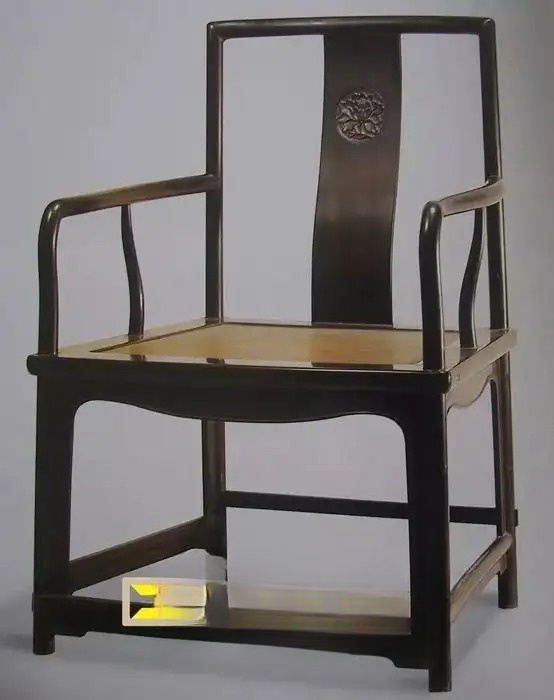
▲ Ming Dynasty rosewood fan-shaped southern official hat chair
Later, this chair, along with 79 other pieces of furniture, was donated to the Shanghai Museum by Zhuang Guilun of Hong Kong. In 2002, Mr. Wang Shixiang said in an interview with the "Masters" magazine of "Calligraphy and Painting":
Among the seventy-nine pieces, there is a large rosewood chair with peony pattern from the Ming Dynasty, which is a world-famous masterpiece.

Best Chair
The fan-shaped chair is a classic official hat chair. There are four of them in the Ming-style hall of the Shanghai Museum, one facing the door and two on each side. The carvings on the four chairs are different, some good and some bad. The best one is the peony chair in Mr. Wang Shixiang's "Treasures of Ming-style Furniture".
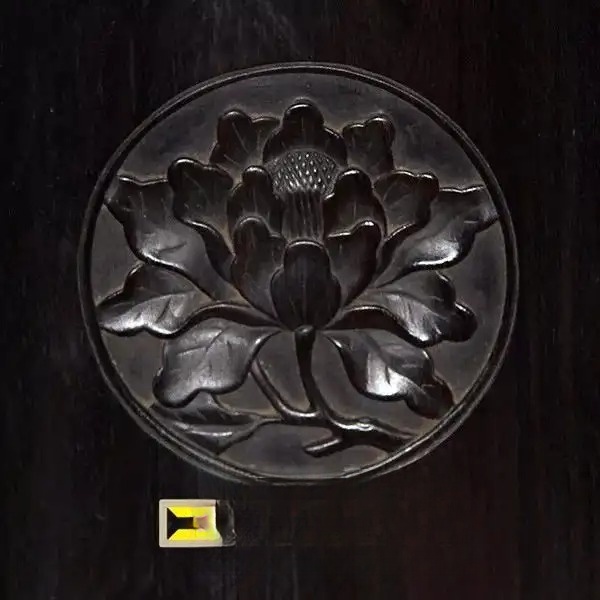
▲Peony relief on the backrest
This chair, which is regarded as a high-end craft and even a work of art today, was originally just a seat, and it was a seat that generations of people sat on.
Perhaps it is the traces of generations that make the chair, with its high-quality materials and fine workmanship, have a delicate feeling that only works of art can touch.
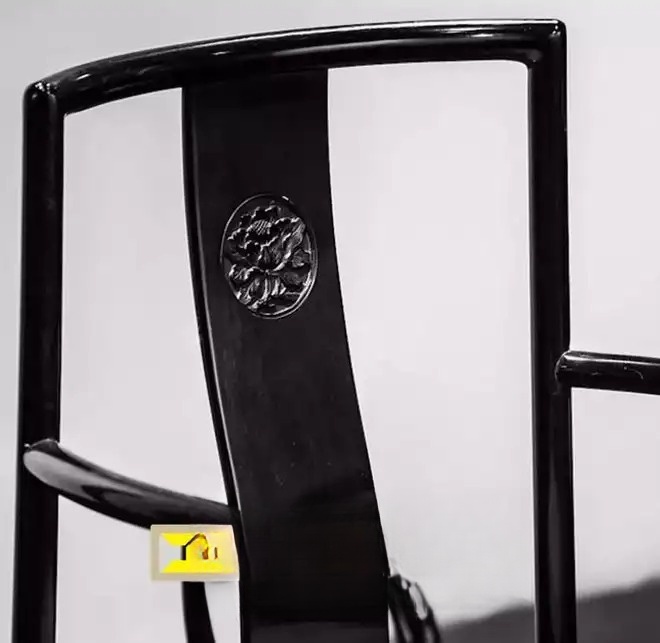
The official hat chair cannot be said to be the best design in the world, and for modern people, hardwood chairs are not as comfortable as upholstered chairs. But to this day, it is still the best chair for someone who wants to work hard.
There are actually two types of official hat chairs, namely the four-protruding official hat chair and the southern official hat chair. The former has protrusions on the headrest and armrests, while the latter does not.
The biggest advantage of the inlaid part is that it can avoid the chance of exposing the cross-section of the wood. It is all hidden between the mortise and tenon, which relatively reduces the penetration of moisture into the furniture and damage to the wood.


In addition to the structural function, the whole piece has perfect and appropriate details, which makes the whole product more interesting to read for a long time.
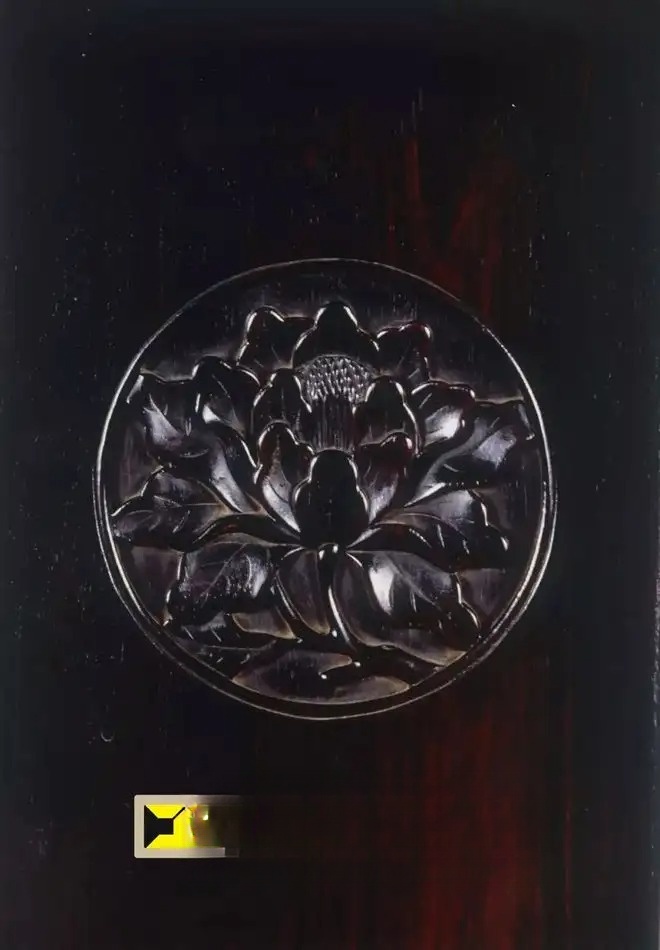
▲Peony relief
It has always been described as simple, its only decoration a rich and luxurious display without any practical function or structural need. Growing from the most important position on the chair back, within the small round window, it clearly says: simplicity is only a choice, while the peony is the inadvertent expression of wealth and splendor.

not simple
The ratio of coincidences and non-coincidences makes the seemingly plain Southern official's hat chair appear extraordinary. In addition, the space below the seat of the chair, which is formed by several reinforced teeth, becomes even more extraordinary!

▲Three views of a Ming Dynasty rosewood fan-shaped Southern official's hat chair
First, judging by its size, this is a rather large official hat chair. The seat is wide enough to allow for cross-legged sitting, something not possible with other chairs except Zen chairs.
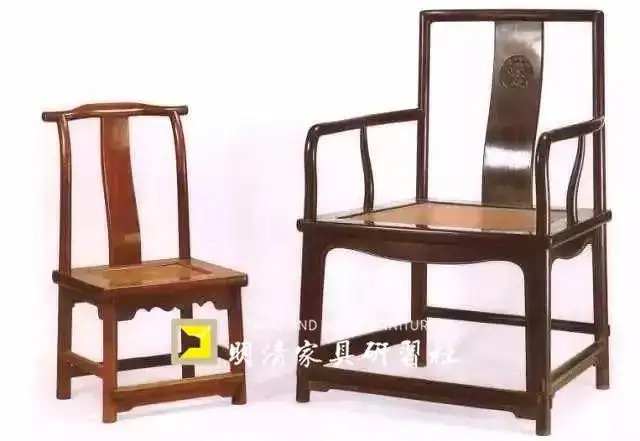
▲ Ming Dynasty rosewood fan-shaped southern official hat chair (right)
The chair is larger at the bottom and smaller at the top, with the four column feet gradually converging upwards to form a trapezoidal cube to enhance the chair's sense of stability. The curve of the arch teeth and the straight lines of the column feet create a dynamic contrast of softness inside and hardness outside.
The round material itself does not hinder the creation of various mortise and tenon joints, and it also provides the ideal form for natural contact. The gooseneck and armrests both organically twist to match the shape of the hand, creating a natural and comfortable feel.
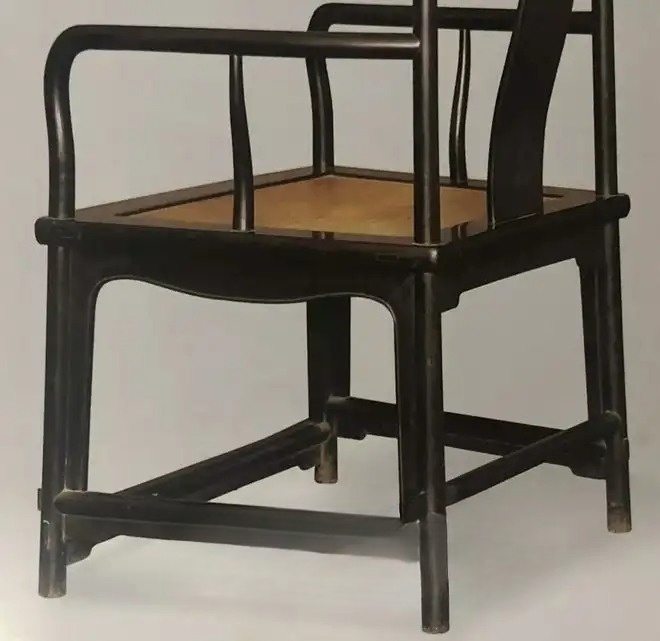
▲Side view
The slender lianbang stick requires much thicker materials to make. This subtle "material consumption" makes the originally plain shape exude a sense of "nobility".
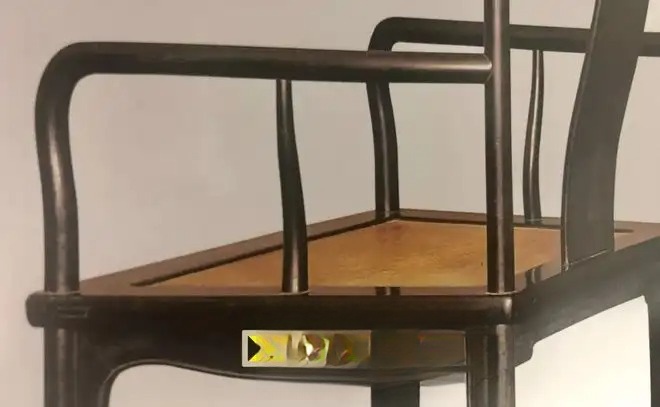
▲ Gang stick
The four front and back legs are usually made of a single piece of wood. The portion of the seat where the front legs extend to become the armrests is finished with a gooseneck design, giving the appearance of being constructed in two parts. This gives the seat a more stable feel below the seat, while also minimizing the stiffness of the armrests.
Most interestingly, the chair's legs are not only mortise and tenoned, but also protrude slightly. This construction method, inspired by the construction of large wooden beams in architecture, is quite ancient and rarely seen in Ming Dynasty furniture.
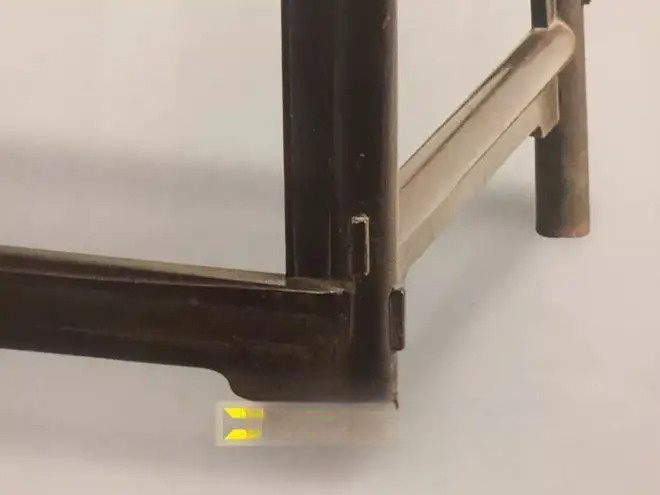
▲The footrest has a through tenon joint
When you take a closer look at the fan-shaped chair, you cannot help but admire the ingenuity of the ancients in choosing to incorporate fan surfaces into furniture design. While satisfying the practicality of the furniture, it is also endowed with the literati ideal of "using vessels to convey the truth" like many traditional handicrafts.
When the human body sits normally, the legs will naturally open to the left and right, and the line connecting the left and right knees and hips will form an inverted triangle. The fan-shaped chair seat just coincides with the inverted triangle line of the human body's sitting posture.

dignified
In the article "The "Quality" and "Disease" of Ming-style Furniture" included in Appendix 2 of "Research on Ming-style Furniture", Wang Shixiang also included this chair as an example of the fourth quality "solemnity".
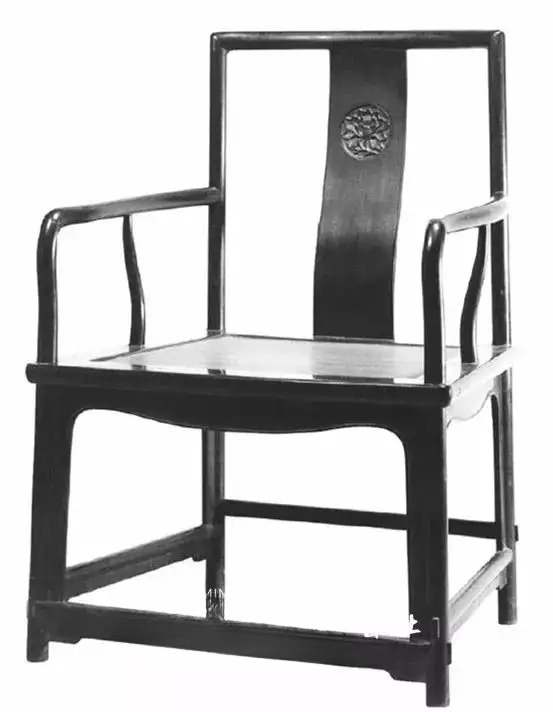
It is pointed out that the practice of its side-foot extension allows it to obtain a stretched structure and a stable spatial layout, which is the main factor in shaping its "solemn" quality.
There are many imitations of it in the industry, but few can truly restore its spirit and charm. Imitators usually "tamper" with its shape, such as:
Changing its volumetric specifications to suit contemporary home environments;
The foot brace adopts concealed tenon structure instead of visible tenon;
Ignore the large difference in width between the front and back of the original seat and make it consistent;
Others imitate it, only copying its carved patterns and applying them to other types of chairs.
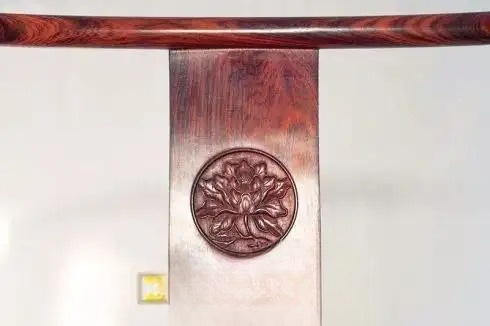
In short, this red sandalwood fan-shaped southern official hat chair has a stretched and dignified shape, is broad and elegant, and has a simple and exquisite shape. It occupies an important position in Ming and Qing furniture. Mr. Wang Shixiang concluded:
It is one of the very few examples that can be identified as a product from the early Ming Dynasty.
Mr. Wang Shixiang dated it to the Ming Dynasty, but there is still a lot of debate in the industry today, with some people thinking that he made the date too early. Mr. Wang Zhengshu, in his book "Identification of Ming and Qing Furniture", believes that the chair should be dated to the Qing Dynasty, and should be a work from the late Qing Dynasty.

Regardless of the exact age of this chair, it is indeed a classic chair in terms of its shape.
- END -
See
"Study of Ming-style furniture"
Appreciation of Ming-style Furniture
Chapter 1: Wooden Chair
Previous Issues
How much do you know about the First Wooden Pagoda? | First Sight
Not all chairs are called Taishi chairs | Furniture
Song Yi Qingqiu: Song-style furniture inspired by ancient paintings | Furniture
Disclaimer: Some of the text and images in the official account articles are collected from the internet. Since the source of the online materials is unknown, except for the resources organized by the official account, the copyright belongs to the original author. For reprinting original articles, please contact the backstage for authorization.